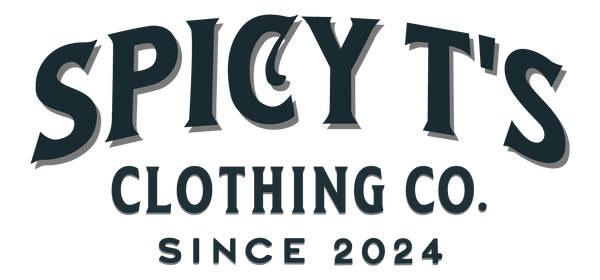
Photography & Vector Graphics – FAQs for Creators, Designers & Clients
Share
VECTOR GRAPHICS – FREQUENTLY ASKED QUESTIONS
❓ What are vector graphics?
Answer:
Vector graphics are digital images created using mathematical paths instead of pixels. This means they can be scaled to any size without losing quality — ideal for logos, illustrations, icons, and print-ready designs.
❓ What file formats are used for vector graphics?
Answer:
The most common vector file types include:
-
.AI (Adobe Illustrator)
-
.SVG (Scalable Vector Graphics – web-friendly)
-
.EPS (Encapsulated PostScript)
-
.PDF (if saved in vector format)
-
Note: PNG and JPG are not vector files — they’re raster/pixel-based.
❓ When should I use a vector vs. raster image?
Answer:
Use vector graphics when:
-
You need clean, scalable designs like logos or icons.
-
You're working with line art or flat illustrations.
-
You want to easily change colors or shapes in the design.
Use photography or raster when:
-
You're editing detailed images like photos or textures.
-
You need pixel-based effects (like blurring or shading).
❓ Can I turn a photo into a vector?
Answer:
Yes! This process is called vectorization. You can:
-
Use Adobe Illustrator’s Image Trace tool.
-
Manually trace the photo with the Pen Tool for more control.
-
Hire a designer (like us!) to create clean, scalable vector artwork from your image.
❓ What software is best for creating vector graphics?
Answer:
Top options include:
-
Adobe Illustrator (industry standard)
-
CorelDRAW
-
Affinity Designer
-
Inkscape (free and open-source)
📷 PHOTOGRAPHY – FREQUENTLY ASKED QUESTIONS
❓ What’s the difference between RAW and JPEG?
Answer:
-
RAW: Uncompressed image data with the most editing flexibility.
-
JPEG: Compressed, smaller file ready for sharing or printing but with some quality loss.
RAW is ideal for professional editing, while JPEG is great for quick use.
❓ What resolution do I need for print?
Answer:
For high-quality prints, use:
-
300 DPI (dots per inch) or more.
-
Photo dimensions of at least 2500–3000 pixels on the long edge for standard prints.
❓ Can I use stock photos for my business?
Answer:
Yes — but check the license. Stock photos typically come with:
-
Royalty-free licenses (good for websites, ads, etc.)
-
Extended/commercial licenses (required for products, merchandise, etc.)
Always read the terms! Some licenses don’t allow logo or resale use.
❓ What’s the best file format for online use?
Answer:
-
JPEG: Great for photos with small file size.
-
PNG: Best for images with transparency.
-
WebP: Newer format with better compression and quality balance.
❓ Can I edit a photo to look like a vector?
Answer:
Yes! You can apply posterize, cutout, or illustrative effects in Photoshop or use apps like Vectornator or Illustrator to simulate vector-like visuals.
🔄 How Do Photography and Vector Art Work Together?
Many modern designs combine both! For example:
-
A product photo can be paired with vector icons or overlays.
-
A logo may be vector-based but placed over a photo background in a poster.
👨💻 Bonus Tip from a Pro
"In our studio, we often create vector logos for custom shirts, then pair them with bright, fun photography for online listings. This gives customers the best of both worlds — clean design and real-life context."
✨ Final Thoughts
Whether you're commissioning artwork, designing merch, or building your brand — knowing the difference between photography and vector graphics is crucial.
Need help with:
-
Custom vector logo designs?
-
Photo-to-vector conversions?
-
Editing product photography for shirts or merch?
👉 We do it all. Let’s bring your vision to life — beautifully and professionally.
